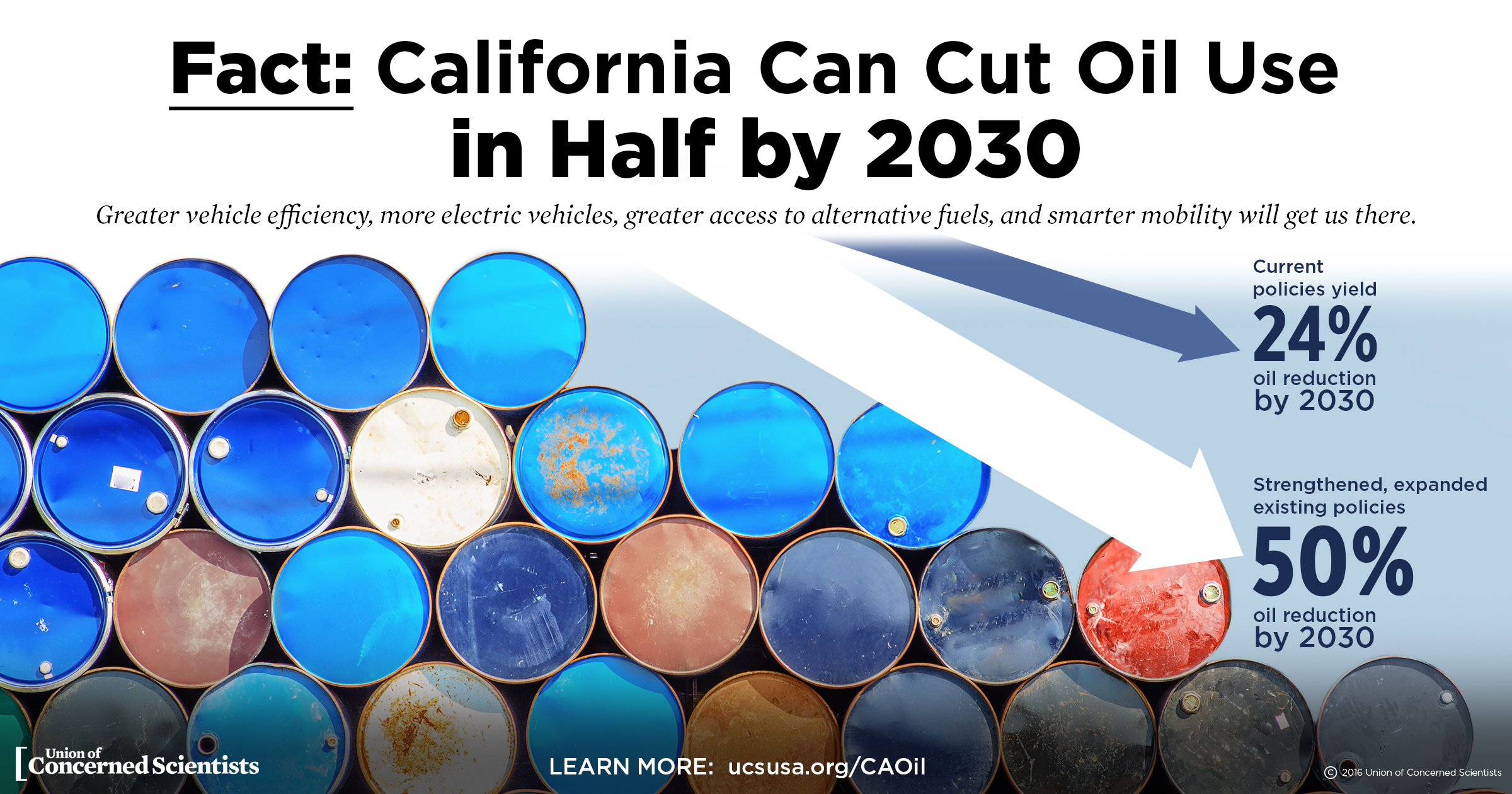Replacing oil with cleaner fuels can help reduce global warming emissions—but it depends on how the fuels are made and what they’re made from.
Adopted in 2009, California’s Low Carbon Fuel Standard (LCFS) incentivizes cleaner fuels by requiring a ten percent reduction in global warming pollution from California's fuel supply in 2020.
Consequently, the policy encourages the use of better biofuels, biogas, and electricity, while disincentivizing dirtier sources, such as tar sands.
The LCFS is based on full lifecycle carbon emissions, which adds up heat-trapping pollution from each stage of a fuel’s production and use. California’s approach is a model for clean fuel policies in other states, including Oregon and Washington, and is closely related to the Federal Renewable Fuels Standard.
Learn more:




